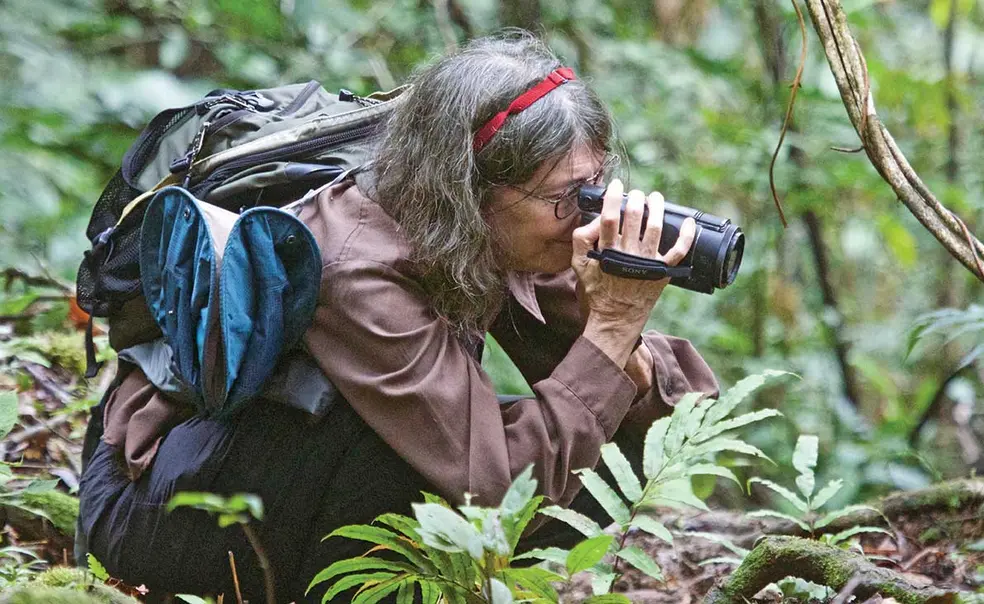Tropical Ecologist Winnie Hallwachs ’76 Is Tracking Insect Decline
‘You can feel it in your bones,’ says Hallwachs
Tropical ecologist Winnie Hallwachs ’76 is worried. She and her husband, Dan Janzen, both research biologists at the University of Pennsylvania, have spent about half of each of the last 43 years in northwestern Costa Rica’s Guanacaste Conservation Area, which they helped establish and expand. Over that time, Hallwachs says, they have seen catastrophic collapses in tropical insect species and populations. Entomologists around the world are recording similar mass extinctions, something The New York Times has called an “insect Armageddon.”
“The situation is extremely serious,” Hallwachs says. “We can hear, see, and feel the insect decline all around us. It’s like taking care of an aging parent. There are good days, but you know the way it’s going. You can feel it in your bones,” says Hallwachs, who attributes the calamity to climate change. More insect species live in this 400,000-acre World Heritage Site than in the U.S. and Canada combined, and its three national parks encompass marine and dry forests, a cloud forest, and rainforest ecosystems.
Hallwachs lives closer to nature than most. Her rustic cinderblock cottage has wooden rafters (no ceiling), a metal roof, and unscreened ventilations slats that allow all kinds of animals to venture in. “It is a wild place. It is open, and your antennae are always exposed to input from the wild world,” she says. When she arrived in 1978, moths attracted by a light bulb would plaster the home’s front wall. Now, few come to the light. Costa Rica’s caterpillar population has been halved in a span of 15 years, a decline that affects the hyperspecialized creatures that parasitize them. “Now you’ve lost that predator,” says Janzen. “And you repeat that tens of thousands of times.”
Hallwachs and Janzen rang the alarm in January’s Proceedings of the National Academy of Sciences. The report says Costa Rica’s dry season used to be four months — now it’s six. The country’s annual rains have become less predictable. Temperatures are higher. Cloud cover is more sporadic. Extreme events such as hurricanes and droughts have become more common. Their conclusion? “This gradual change in climate is so omnipresent and perturbing that only minimal and currently unknowable recovery is likely,” they write.
“This wild world is hostage to a selfish, peculiar, strange primate who is us,” Hallwachs tells PAW. “There are two crises. The climate crisis gets a lot of funding, press, and proposed solutions that are sometimes very detrimental to the underdog crisis — the biodiversity crisis, which has been way undervalued.”











No responses yet